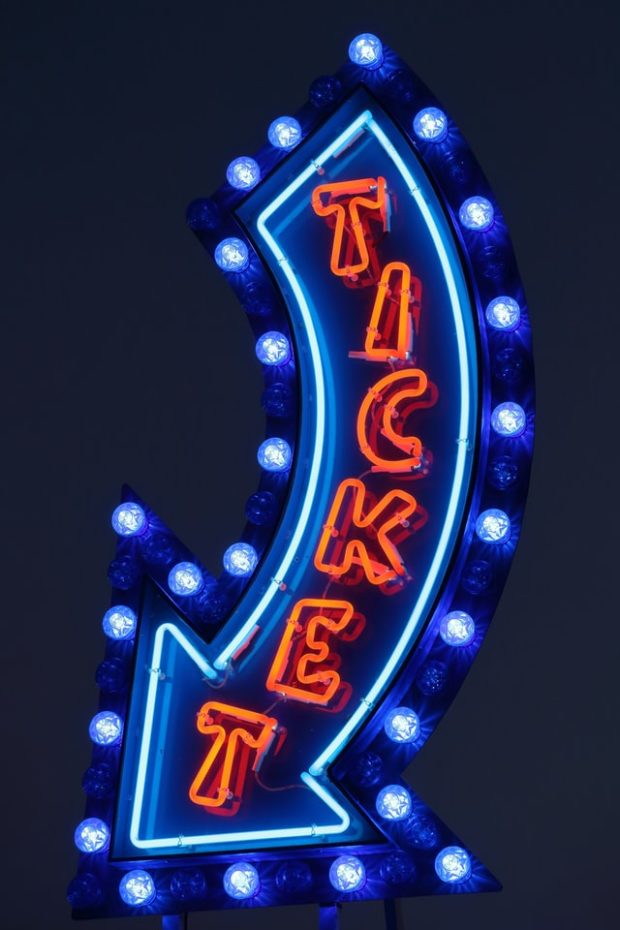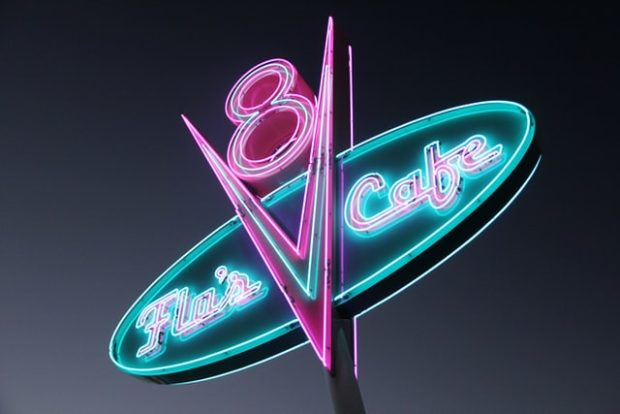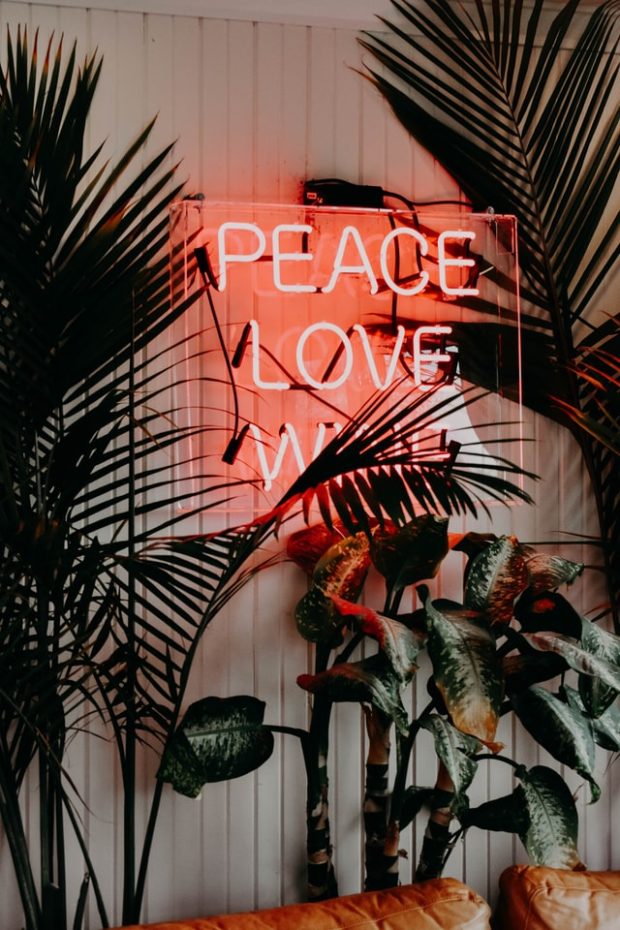Take a look around you when you find yourself traveling at night and you’ll find that neon signs abound in store windows and business signs. These nocturnal wonders are something that we’ve come to take for granted.
But while neon signs may feel like a tremendously mundane subject, the history of neon development over the past century is absolutely captivating! Let’s dive into the electrifying history of the neon sign.
The 1890s and the 1900s: The Discovery and Application of Neon
Neon signs are by no means unfamiliar today, but the use of these gasses in lighting and other electronics is actually a relatively recent discovery. While this guide focuses solely on neon signs, it is important to mention the man who made it all possible: Sir William Ramsay. Ramsay, along with his mentor John William Strutt, discovered neon, as well as argon, krypton, and xenon, some of the gasses that were used in combination with neon to produce different colors for signs.

The first true application of neon in bright signage can be traced back to Georges Claude, a French engineer and chemist. Georges Claude was able to successfully seal neon in a tube and apply an electrical discharge to create the beautiful glowing lights that we know and love today. He’s credited with first accomplishing this in 1902. In 1910, he revealed his neon lights to the public in Paris, and the first commercial neon sign was sold to a Paris barber in 1912.
The 1920s: Neon Makes Its Way to America
Whether you’re enjoying an old movie, taking a road trip and venturing through small towns, or visiting a museum from the 50s or before, chances are you see neon signs quite a bit. This is due to the fact that after neon signs first ventured to America in the early 20s, they rapidly increased in popularity and quickly became more commonplace.

Continuing with Claude, Claude introduced America to neon signage by offering them for sale to an LA car dealership. As people took notice of the glowing spectacle that these signs had to offer both night and day, more and more businesses and cities began incorporating them into their properties. Throughout the 30s, 40s, and 50s, these signs spread from LA to major cities like Las Vegas and New York.
However, like most trends, things didn’t last forever for the neon sign. As quickly as these bright signs appeared in the streets, the same technical innovation that introduced us to them began to pose a major problem as we began moving forward with lighting.
The 1960s: The Decline of the Neon Sign
By the 1960s, the public attitude towards neon signs began to change. Why? This happened for two reasons.
The first big reason was the cost of running these signs. Neon signs weren’t the cheapest option anymore as innovations in lighting were taking place. It wasn’t just new signs that were pricey, either — due to their carefully-crafted glass tubing, rare gases, and hard-to-find replacement parts, repairs for neon signs were prohibitively expensive. It was just more cost-effective for businesses to look for other types of signage to draw customers into their place of business.

Another major reason was due to a simple change in taste and style. As the years went on, giant neon signs were no longer the hottest streetside advertising approach for businesses. Some businesses still used these bright signs to attract customers, but they’re now most often small signs to advertise brands or that the store is open.
Neon Today
Trends in interior design and marketing tend to recycle as decades move forward. As we’ve seen, 50s trends, 80s trends, and even 90s trends are making a comeback. For many, that means that we can once again see the thrilling glow both inside and outside — but this time with a modern twist.
Instead of using gasses like neon and argon to create the iconic vibrant glow, most neon signs being made today are actually LED neon! These use LED light strips, which achieve the same level of brightness in a much more efficient and safer package.

Traditional neon requires a lot of power to generate light, while LED neon only needs a 12V connection. They also don’t use toxic gasses, like neon and argon, and don’t require glass, making LED neon sign breakage far less dangerous. And they lack the loud hum, making LED neon perfect for indoor use. But most importantly, LED neon signs are far less expensive to manufacture, making them far more accessible.
For individuals, adding some neon signs can help you craft a vibrant space and capture an iconic aesthetic. For businesses, neon signage can help you stand out from competitors and offer something that’s different from the norm today.
Although there’s something about the unique glow, buzz, and warmth of the traditional neon light that makes it one of a kind, it’s now an old-school, vintage technology. Today, the neon aesthetic remains, and it just keeps evolving. Neon’s transition to LED power is staying true to its legacy of evolution, innovation, and iconicism — and we’re excited to see what its future holds.
The post The Electrifying History of the Neon Sign appeared first on YourAmazingPlaces.com.
from YourAmazingPlaces.com https://ift.tt/3pR7cl5








0 comments:
Post a Comment